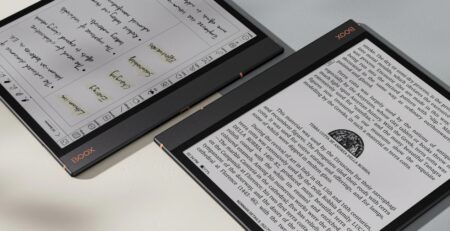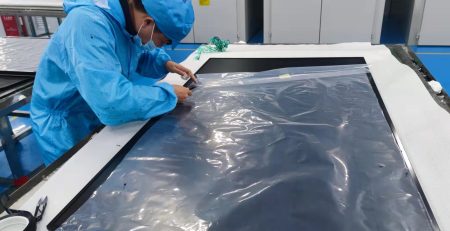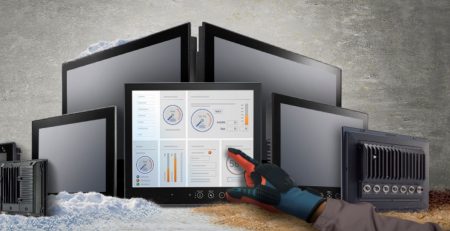In industrial displays, the technical principle of edge LED refers to the centralized placement of LED lamp beads around the screen bezel, and then through the light guide plate to spread the light evenly to the entire display area. The working principle of straight-down LED is that the lamp beads are evenly distributed at the back of the panel, directly irradiating the screen. We can see that the layout of their light source is different, this difference will lead to a significant difference between the two in the thermal stability and brightness uniformity in the low temperature environment.

Why does the brightness decay in low temperature environment?
We know that the environment affects the performance of industrial displays, then, low temperature will also reduce the luminous efficiency of LEDs and trigger material shrinkage. Edge LED’s rely on the light guide plate to diffuse the light, below -20℃ the light guide plate may shrink due to the contraction of the subtle deformation, resulting in light scattering path offset, the edge of the region of the brightness attenuation rate is usually higher than the center area. Straight down type LED due to the lamp beads directly covering the panel, the brightness of a single lamp bead attenuation on the overall picture has less impact, the whole screen brightness attenuation is also small, can be controlled within 5%.
What are the recommendations when using both LED?
Due to the effect of temperature, edge LEDs need to be checked regularly for the fit of the light guide plate to the bezel. The aging of the gel may be accelerated at low temperatures leading to light leakage. And straight-down LEDs need to strengthen the heat dissipation design to avoid localized overheating due to the dense arrangement of lamp beads. For example, outdoor subway station displays may warp the panel under drastic temperature difference due to insufficient heat dissipation. Therefore, in scenarios where the temperature fluctuation exceeds 30°C or the brightness loss tolerance is less than 5%, straight down LED is the only reliable choice. Thickness-sensitive industrial equipment at room temperature, such as machine tool operating panels, can be prioritized with edge LEDs.
Application Areas
Industrial displays are commonly used in outdoor, low-temperature environments, such as refrigerated warehouses, outdoor billboards, and traffic control. However, edge LEDs are suitable for industrial scenarios where space is limited and temperature is stable, such as indoor consoles in food processing plants, where their ultra-thin structure facilitates embedding into equipment panels. Direct-down LED are more suitable for extreme low-temperature environments, such as monitoring screens in cold chain logistics cold storage.
Golden Margins –Entire Range of Touchscreen Products
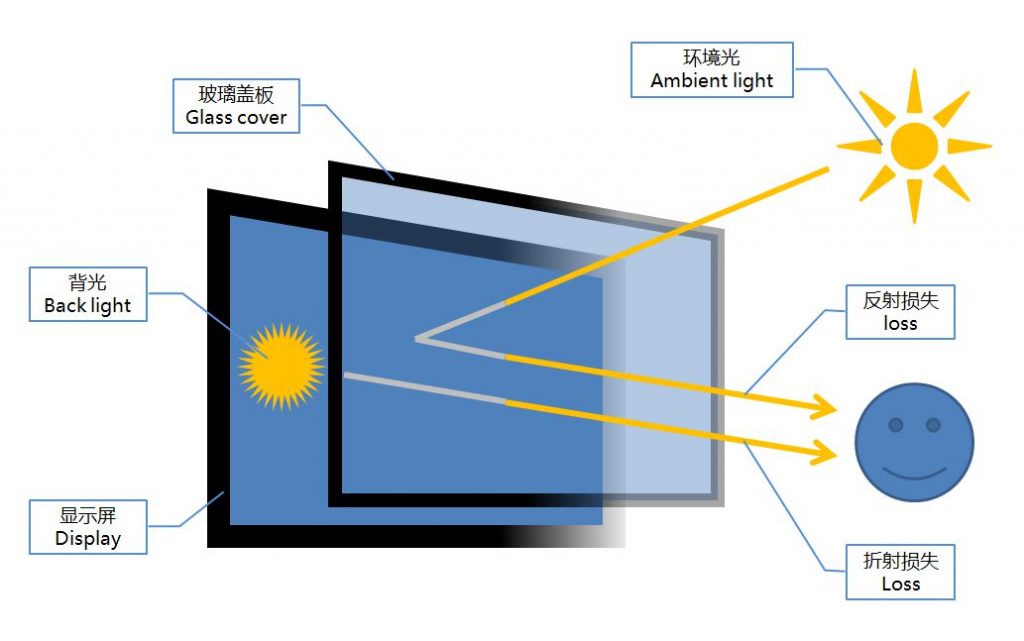
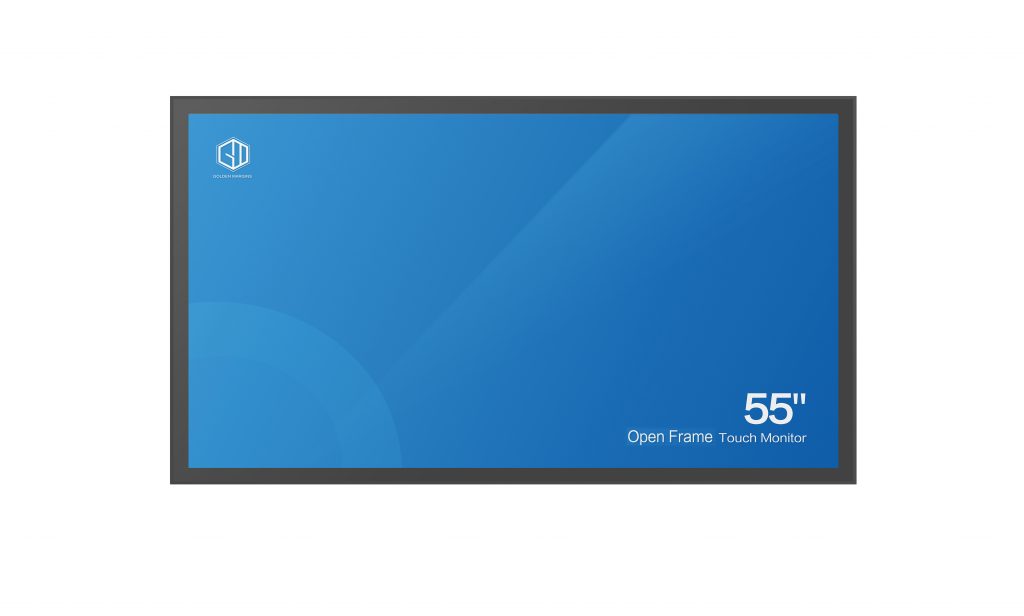
We hope you found these touchscreen or panel PC fundamentals informative. Goldenmargins offers a broad selection of Industrial Touchscreen Monitors and Touch Panel PCs in various sizes and configurations, including medical touch screens, sunlight-readable touch screens, open-frame touch screens, and waterproof touch panels, as well as other unique touch screen or panel PC designs. You can learn more about our services HERE or by calling us at +86 755 23191996 or sales@goldenmargins.com



